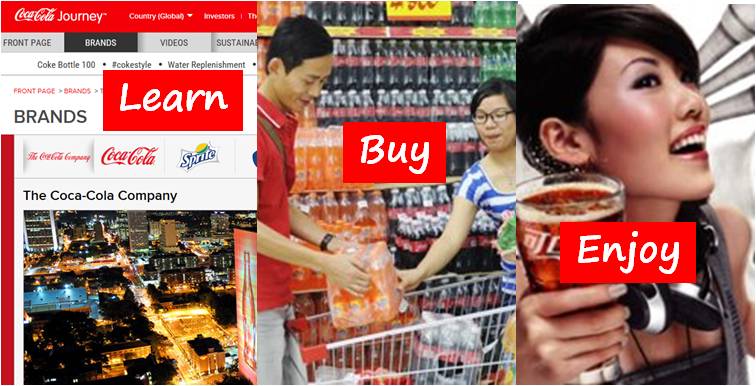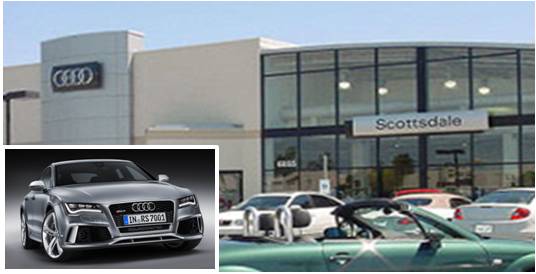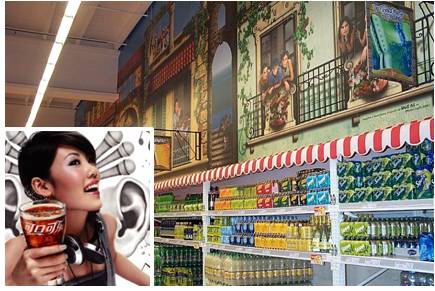 How to Create Memorable Experiences in the Digital Age
How to Create Memorable Experiences in the Digital Age
“Work is Theater and Every Business is a Stage”.
B. Joseph Pine II and James H. Gilmore
Customer experiences and customer engagement are some of the most widely used words in the digital economy mainly in relation to websites and social media. What seems often forgotten is the fact that experiences are shaped mainly in the real world through use, purchase and other key occasions and many different touch points.
The challenge today is how to cross the digital divide and deliver those great experiences of using and/or consuming a product and brand to the web and translate it in a relevant way into digital experiences that are real, authentic and above all memorable.
For example, when it comes to cars there are 3 main experiences: Buy – Drive – Maintain. The buy experience for most cars is still unpleasant for customers as is the service or maintain experience. Customers still dread purchase or service contacts with most dealerships. But everybody loves the driving experience.
The objective of car brands today is to raise the purchase and service experience to a level that is more in tune with the driving experience and the brand perception. Therefore dealerships became more modern and sales and service staff is more in tune with today’s demanding customers.
The new digital dealership experience today begins with local search on a customer’s phone when someone looks up the address. If local search isn’t treated as part of the “real experience’ it’s a missed opportunity. In fact, the brand could tie digital experiences to “Drive” (an app that tracks mileage, weather and other things that might lead to tips/advice) and “Maintain” (CRM and/or partnerships) as well.
Similarly consumers feel ‘refreshing, excited and fun’ about drinking Coca-Cola. But they describe purchasing Coke as ‘unpleasant, dull and boring’. In addition brand awareness of Coke is about 98%’ preference 55% and in-store purchase is only 45%. This started the discipline of shopper marketing or experience marketing. The question is how to deliver the positive consumption experience into the store considering that the shopper mindset is different from the shopper mindset.
In-store brand communication, secondary placements and cross merchandising were the answer. Some of the shopper marketing programs delivered up to 30% in sales increases – a win-win situation for the retailer and the brand.
Today’s digital experience for a consumer brand has to deliver the brand promise across all media and touchpoints. For example, based on the GPS location of a mobile device the brand could deliver a consumer oriented message when the person is at home or a bar or restaurant or a shopper oriented message when the person is in a store.
Conclusions for Digital
The challenge today is how to cross the digital divide and deliver those great experiences of using and/or consuming a product and brand to the web and translate it in a relevant way into digital experiences that are real and authentic and not contrived.
Companies need to study customer behavior in their real and digital environments, in their purchase and use occasions and then develop, design and deliver digital experiences that engage customers and are consistent across channels and platforms and therefore build brand equity.
Spark Marketing works with companies to develop innovative marketing strategies, messaging and campaigns that help B2C companies increase sales and B2B companies generate and convert leads combining Classic Marketing knowhow and Digital Expertise delivering result that exceeded clients’ expectations.
